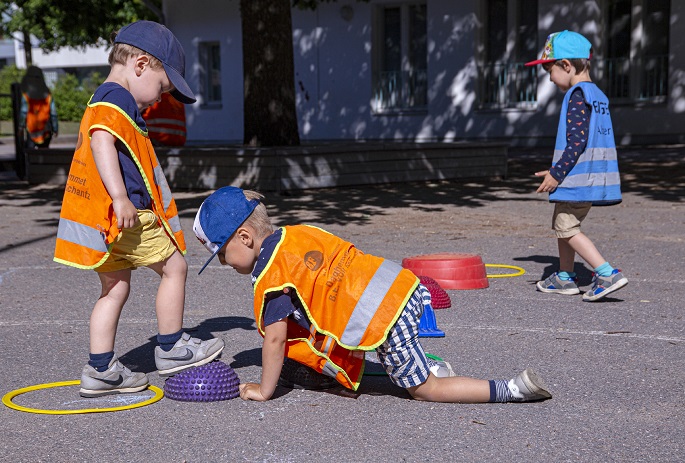Crawling infants exposed to more particles than adults: THL
Published : 20 Feb 2021, 01:31
Updated : 20 Feb 2021, 10:31
The air that crawling infants inhale contains up to ten times more particles than the air that adults breathe in the same room, said the National Institute for Health and Welfare (THL), quoting a study report.
The reason is that crawling infants create a localised cloud of particles re-suspended from floor dust – some particles stay close to the floor and do not rise high enough for adults to breathe in, said the study report published in the journal Environmental Science and Technology to which the researchers of the THL contributed.
The study used a custom-built robot that imitates an infant crawling on the floor in a standardised motion, and that measures particles and microbes re-suspended from rugs into the air that children breathe.
Since many studies have shown that floor dust is rich in microbes and other biological materials and also can contain potentially harmful chemicals, these biological and chemical compounds are carried into the air with the dust particles being re-suspended from the flooring material.
Some of these particles move more easily and further with air flows than others, depending on the size and aerodynamic properties of the particles. As a result, the mixture of particles around a child moving around on the rug and thus also in the air they breathe is different from the mixture on the rug surface or in the air that adults would breathe in the same room.
Researchers assume that the amount of dust that gets re-suspended from the rug into the breathing air of an infant close to floor level depends on the type and composition of the dust, the amount of dust in the rug and the type and age of the rug.
As part of the project, researchers developed a new exposure index that predicts the likelihood of a dust particle to be re-suspended from the floor and entering the infant-breathing zone.
“It is important to study how infants are exposed to chemicals and microbes from floor dust so that we can better understand the adverse and beneficial health effects of exposure via children’s airways, such as the risk of developing asthma. In the future, we may be able to modify or design indoor environments in ways that better support health,” said THL Chief Researcher Martin Täubel.
This research on infants’ exposure was led by Professor Brandon Boor from the Purdue University of the United States.


